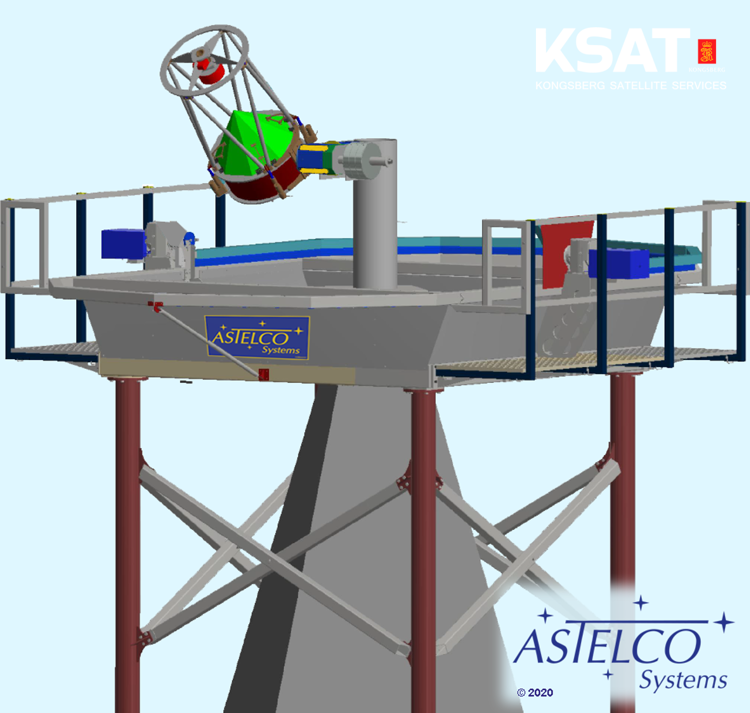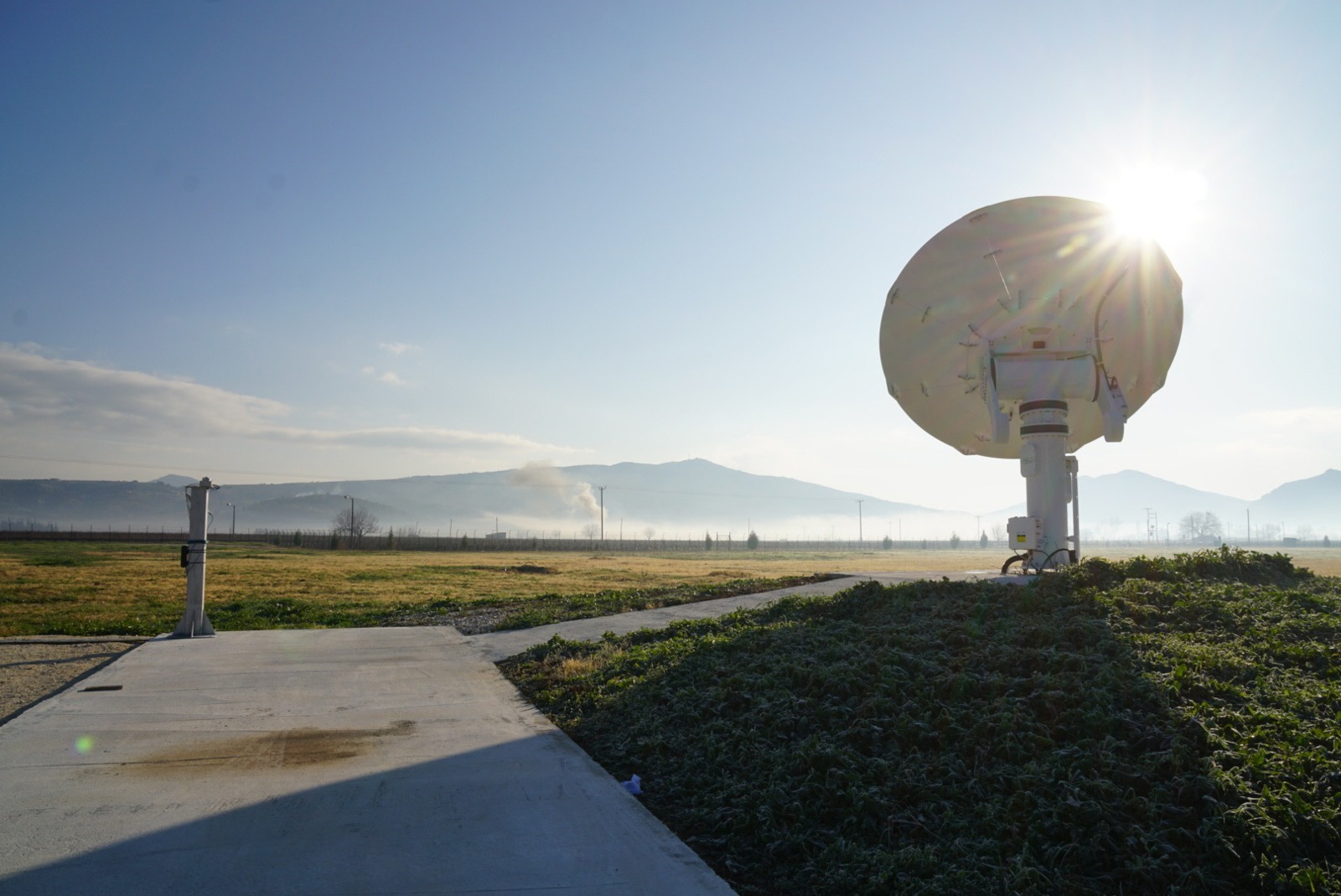At present, there exists a global gridlock in the optical downlink domain due to both a lack of industrialized ground stations made available for regular service, and an insufficient number of spacecrafts using optical downlinks.
To unlock this situation, KSAT and industry partner ASTELCO have initiated the creation of an industrialized optical ground station, which will be the first of its kind.
"The process has not been easy. Being the first company doing this we have of course met some challenges on the way, but we are confident that it will work. We are very excited about this and look forward to start building this summer" says project manager for KSAT, Hennes Henniger.

This is the first time a commercial company is building an optical ground station with the intention of integrating it in a multi- mission network operation. There are some optical stations currently in operation, however these are built for the purpose of single mission support and scientific evolution of the downlink. These optical ground stations do not fully meet the requirements of KSAT in terms of using it in an operational setting with regards to i.e. automatization and remote operations, capability to support multiple missions and thus cost-optimization. Therefore, a new optimized optical ground station solution is being built, tailored to KSAT´s needs.
Engineered together with Astelco
The small optical ground station is built by the German system integrator company Astelco Systems, but it’s engineered together with KSAT.
-"This is a common development as this is not yet something you can buy off-the-shelf", says Henniger. "We chose Astelco as the provider because they could deliver a solution with low complexity. This means relatively standardized and not over-engineered".
Astelco has done many projects building specialized telescope systems in the past, like robotic remote telescope stations and prototype systems for testing communications between ground-based telescopes and satellites.
The station is built in the outskirts of Athens, Greece, close to the town Nemea. KSAT already has a ground station there, and the new optical ground station will be co-located there.
Cloud-free conditions
One of the challenges with the optical communication technology is that the optical signals will not penetrate through clouds, thus the location of an optical ground station has to be chosen carefully. KSAT has chosen the Nemea station as the first site for building an optical ground station, as the site shows a clear-sky probability allowing optical space-to-ground communications of up to 95 per cent in summer.
The optical ground communication system is relatively small due to the focused laser beam. The telescope itself only measures about 50 cm, and with a foundation of around 2 meters, it is relatively modest in size and thus easy to locate. However, this groundbreaking technology will not yet replace the RF signals in the ground network operations.
-"Radio frequency works through the clouds, but the optical technology provides higher data rates. We therefore see this as an add-on to the well-established radio frequency (RF)", says Henniger.
The installation will be done this autumn, and the ground station initially support the PIXL- mission, a joint partnership TESAT and Gomspace, where TESAT provides the spacecraft terminal.

Illustration: 3D illustration of the KSAT optical ground station. (Astelco ©2020)
